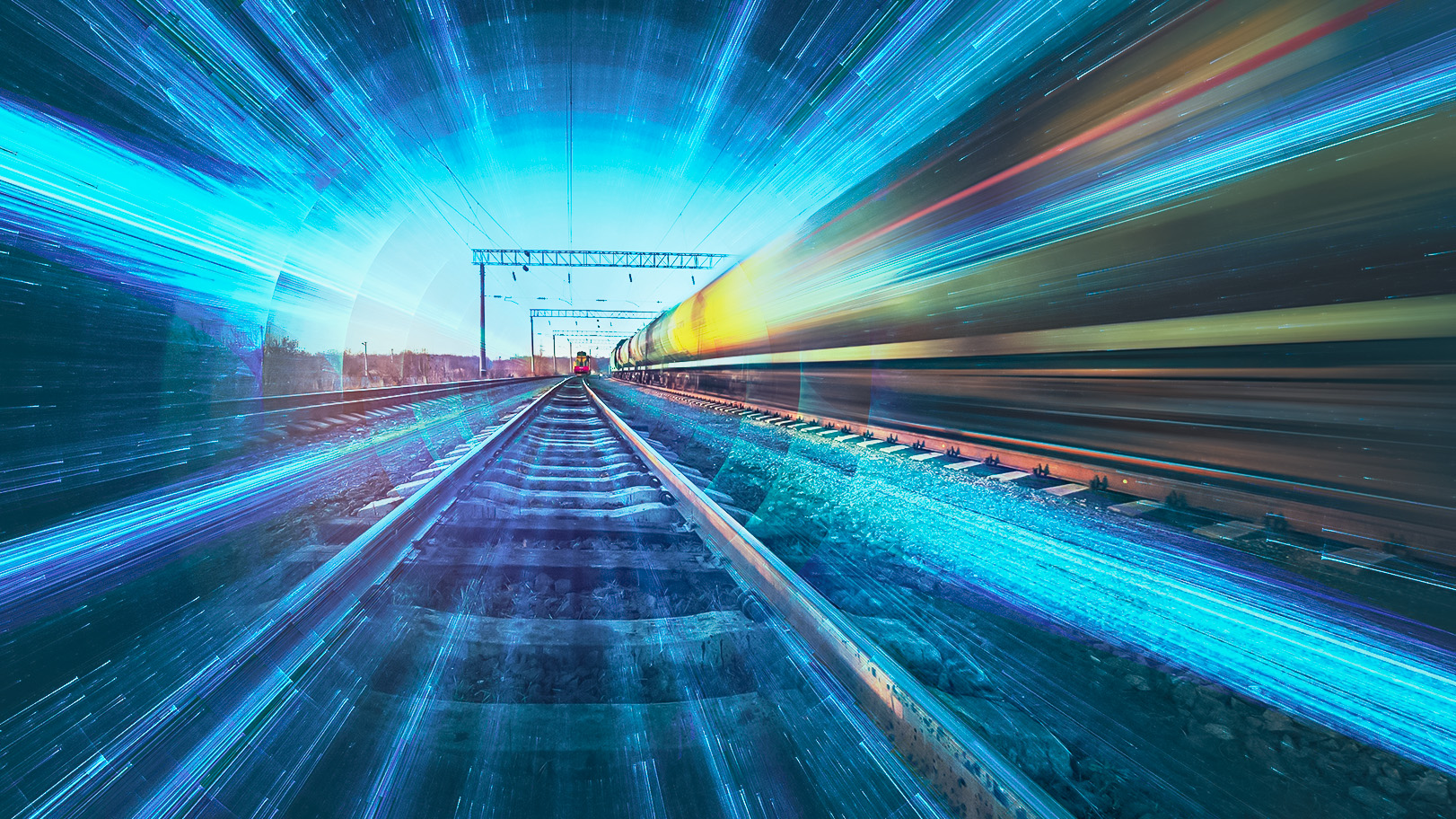WEIVI’s optimisation tool based on digital twin -technology solves train encounter problems and forms the missing part needed for the core of the traffic control system or can be connected to the traffic management system with an interface connection.
We are living in the midst of increasingly serious crises. Climate crisis, energy crisis, debt crisis, and the most practical one, the public transportation crisis. Public transportation routes are facing profitability challenges, partly due to rising fuel costs. Challenges in supply chains are affecting companies’ logistics costs and delivery times. Due to the megatrends in transportation, many countries are facing chaos in their railway systems. Railway operations are fragmented, with numerous private and public transport companies in the field. The pressure caused by climate change has increased the demand for environmentally friendly train travel. Both passenger and freight transportation volumes are on the rise.
However, the growth in railway transportation has led to several problems: train delays are common, and resources are underutilised. Moreover, there are significant human impacts: passenger train travel is losing popularity, and railway operators face reputational damage due to these issues. The primary reason for the problems in railway transportation is the inability of systems to resolve train conflicts and encounters during disruptions. This problem is prevalent not only in Finland but also globally, with more severe consequences worldwide.
Through our research in digital twin -technology at WEIVI we have identified a need related to optimising railway traffic. Despite dozens of doctoral dissertations attempting to address it, researchers have not solved the problem of train encounters. The railway traffic optimisation has not been resolved, and there is no comprehensive solution available.
European Target Market of Digitalised Traffic Management Systems
In 2022, the market for intelligent railway traffic control systems in Europe reached approximately €12.5 billion, with an annual growth rate of 11%. Analysts estimate it will reach approximately €35.4 billion by 2032. Europe’s share of the global market is about 34%.
The goal within the market is to increase capacity by 40% on existing infrastructure. The development is guided by the EU-based railway traffic management system ERTMS standard’s 2nd phase. ERTMS development includes a global system for mobile communications on railways (GSM-R) and European train control system (ETCS). ETCS level 3 contains real-time mobile data transfer for monitoring trains, track infrastructure, and other safety devices. In addition to capacity expansion, autonomous trains are part of the market’s future vision and needs.

Railway Traffic Optimisation as a Solution for Capacity Increase
Despite the high technology level of traffic control systems, there are no functional optimisation systems in the market. A functioning railway traffic optimisation system would enable the capacity increase in full envisioned in ERTMS development.
Currently, the space reserved for a moving train is the entire track section between two switches or safety devices, which can be up to 50 km. The moving block -principle is based on abandoning the monitoring of a fixed rail section with the help of new computer-based safety equipment that defines adequate moving safe zones around each train. It is estimated that moving block protection would yield half of the targeted capacity increase.
Traffic control optimisation solutions intend to contribute to the other half of the capacity increase. In optimisation solutions, train schedule and track change calculations are based on real-time train tracking. This is essential, for example, when a train is delayed or the railway infrastructure is damaged.
AI-based traffic optimisation systems currently exist but perform poorly because they struggle to find sufficiently good solutions for train encounters during disruptions. The traffic control system market has a significant need for solving the train encounter problem. Failure to solve the train encounter problem is estimated to negate about half of the benefits gained from adopting moving block technology because the higher train density increases the risk of disruptions spiraling out of control within the railway network. The development of autonomous trains faces slowdowns due to the risks associated with AI technology. WEIVI’s optimisation tool enables autonomous trains safely without AI and its risks.
WEIVI’s Modular Digital Twin Solution
Currently, 74% of traffic control software is on-premises solutions, but the use of cloud services is increasing. WEIVI’s digital twin -solution can be implemented as a SaaS solution, where a separate device installed at the customer’s premises is connected to WEIVI’s server over the network or the device may also contain capabilities for scientific computing. Standardisation of interfaces in data transmission between different software components and hardware allows for modular software structures. This opens up opportunities for market participation for those who do not produce complete solutions, increasing competition and diversifying the innovation environment. WEIVI’s solution is modular and can be adapted to the customer’s system with minimal modifications.
Digitalisation and optimisation to increase capacity
Digitalisation and real-time comprehensive traffic information alone are not sufficient to produce optimised traffic management without WEIVI’s innovative data utilisation solution. Our value propositions include increasing rail traffic capacity and productivity, as well as promoting environmental friendliness and customer satisfaction. WEIVI provides a seamless service experience for train passengers and rail traffic users. With our solution based on scientific computing, railway traffic optimisation becomes efficient. WEIVI’s solution can also complement AI-based holistic solutions.
